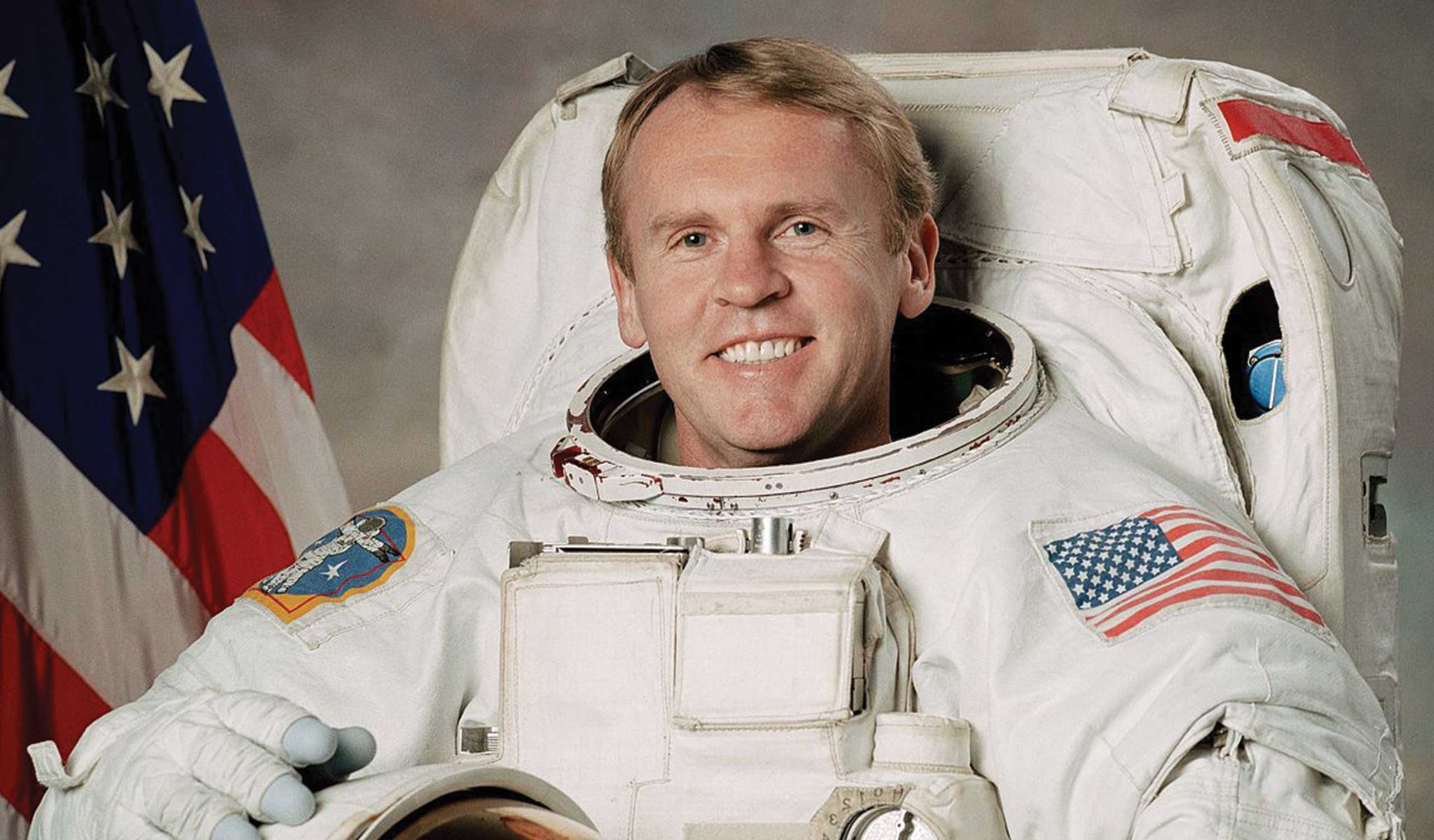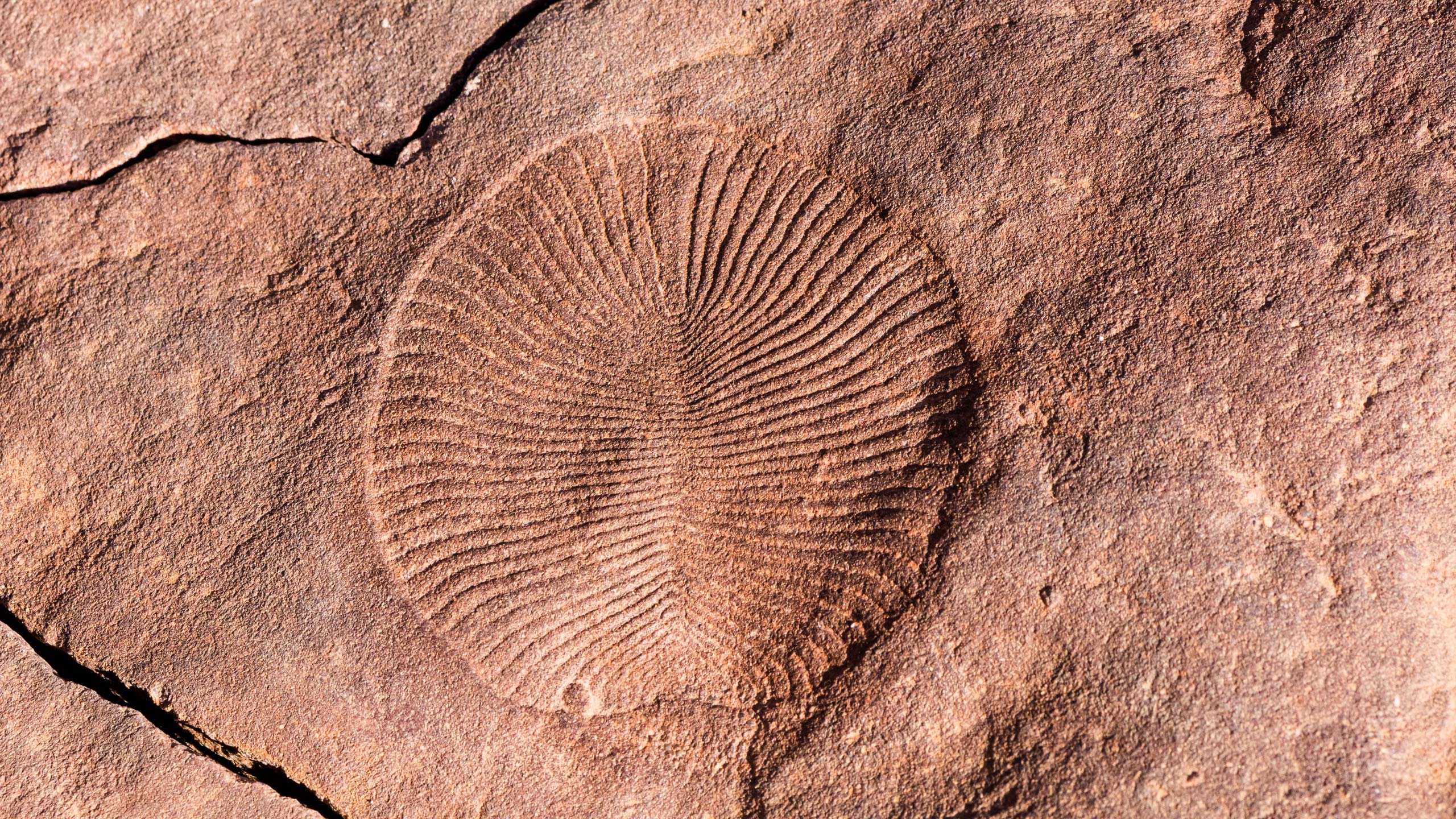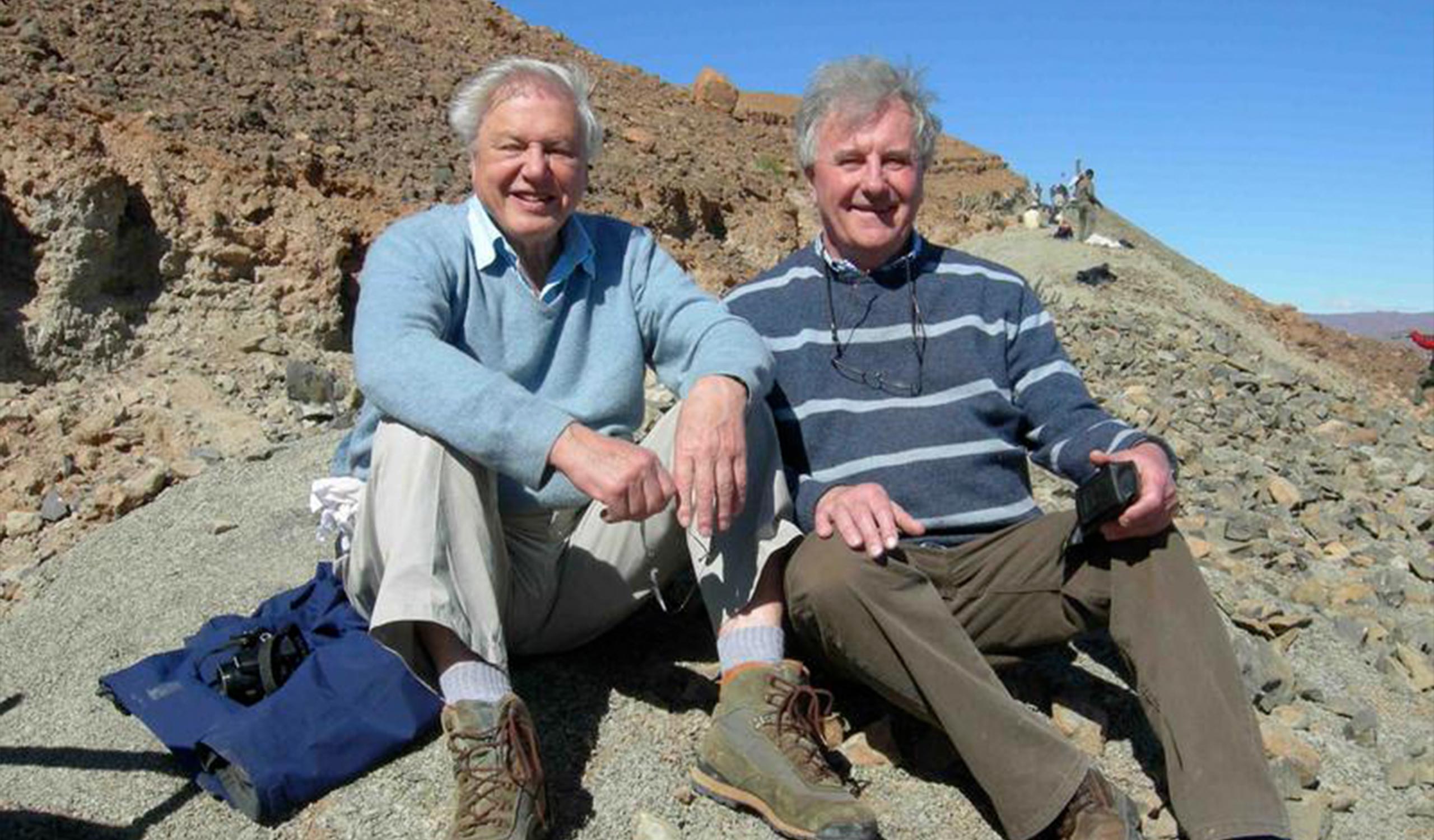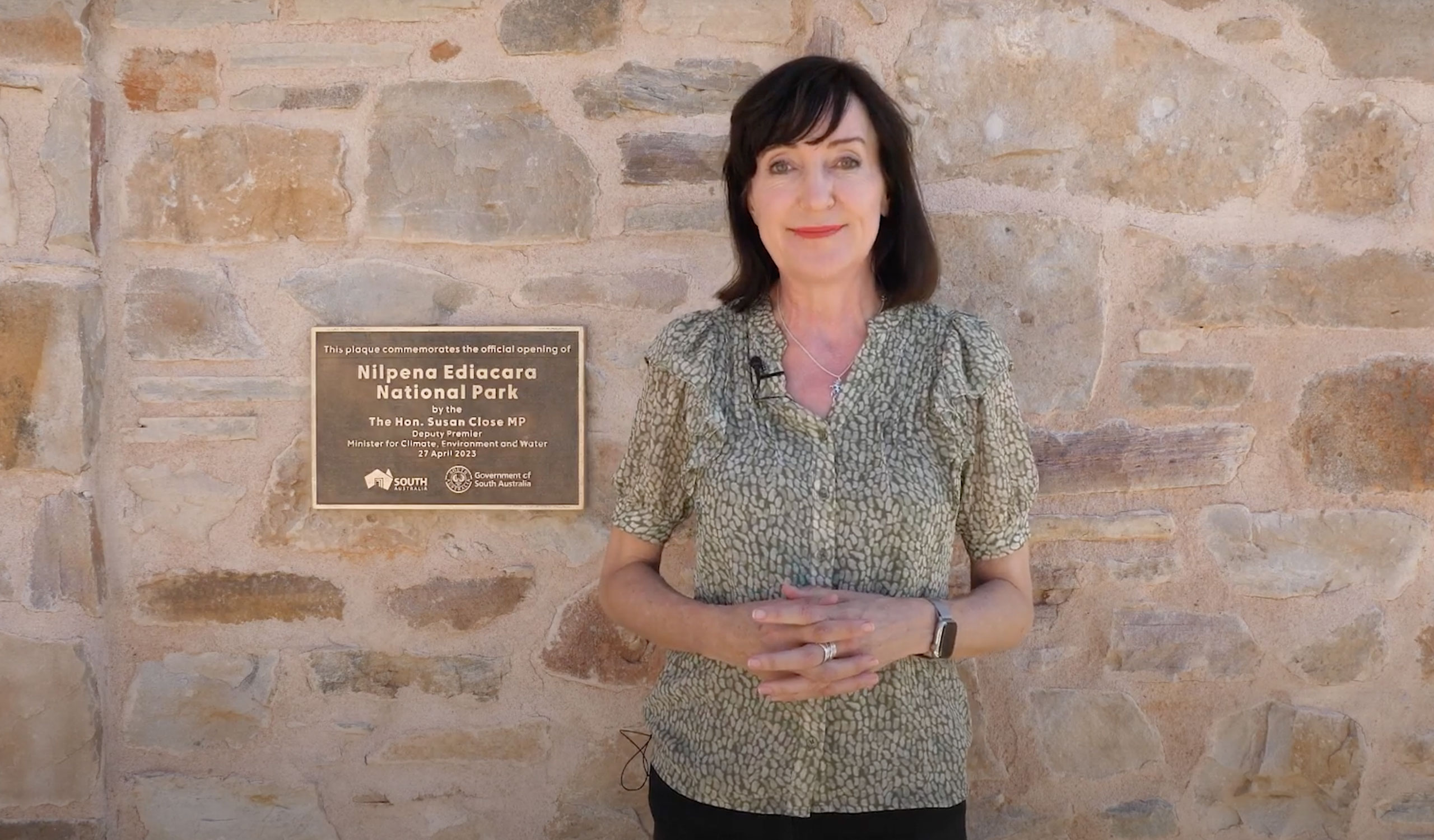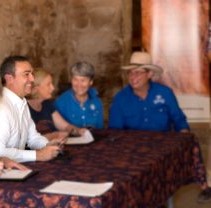550 million years in the making, the fossils of Nilpena are the world’s single greatest record of the Ediacaran era, delivering insights into the origins of first animal life on our planet and potentially others.
Life’s beginning
PALAEONTOLOGICAL UNIQUENESS & IMPORTANCE
We all look to the night skies wondering if life exists elsewhere. But of course, our own planet Earth went from a rock hurtling through space to the lush green planet that exists today. Life originated and evolved here!
Earth transformed from a microbial world to one full of animals and other diverse life more than half a billion years ago. At Nilpena we have a record of this transition – the extraordinary unfolding of animal life on Earth – preserved uniquely in a series of sandstone beds that serve as “Snapshots” of the ancient ocean seafloor where animals first evolved.
At the Nilpena fossil site we can literally walk across this ancient seafloor. There are tens of different kinds of animals and hundreds of thousands of fossils preserved onsite. This fossil record reveals a diverse and complex marine ecosystem.
Nilpena fossils are preserved as they had lived as organisms, forming different communities. This early ecosystem had no predators and none of the animals had skeletons, yet these diverse and soft-bodied organisms were the first to move, sexually reproduce, scavenge dead organisms, live in the water column and form complex ecosystems.
These fossils globally are called the Ediacara Biota, named after the Ediacara Hills in South Australia. The record of these organisms predates the well-known Cambrian Explosion by nearly 40 million years and provides critical information concerning early experimentation with complex life forms on Earth.
Life’s beginning
IN THEIR WORDS:
ANDY THOMAS
Andy joined the NASA Astronaut Corps in 1992, taking his first flight into space on a science mission aboard the space shuttle Endeavour in 1996. Two years later he undertook a 20-week mission as a cosmonaut on the Mir space station. His 2001 mission to the International Space Station included a six-hour spacewalk. Andy’s fourth space flight, to the space station, was on space shuttle Discovery in 2005.
Life’s beginning
THE UNIQUE NILPENA FOSSIL BEDS
Nilpena Station lies 600km inland and north of Adelaide west of the Flinders Ranges. Because of its international significance as a fossil research site, Nilpena has been included on the National Heritage List.
For more than 20 years, palaeontologists have worked meticulously excavating 40 fossiliferous beds. No such excavation has been done anywhere else. Each one of these beds preserves a “snapshot” of what was once the seafloor and the organisms living on it.
Nilpena hosts an extraordinary diversity of organisms in abundance on its fossil beds, including evidence of the first animals on earth.
The sandstone beds preserving the fossils, each represent a storm, with the community living on the seafloor smothered with a few centimetres of sand. Over millions of years the sand became rock, preserving the fossils on the undersides.
Excavation and reconstruction have uncovered these beds – all different – revealing novel aspects of this new world full of animals. There is nowhere else in the world where this has been done for any rocks or fossils of any age. Being able to research and explore such a unique site has allowed us to capture the very dawn of animal life.
These beds allow scientists to study animals in the same way an ecologist might do so today – unlike any other time in the fossil record.
Alice’s Restaurant Bed
A 3D compilation video of Alice’s Restaurant Bed (ARB) revealing spectacular preservation of Dickinsonia, Spriggina, Yorgia, Parvancorites, Attenborites and many others. Preservation of Dickinsonia and Yorgia footprints show how animals moved across the Ediacara Seafloor. Thick organic mats preserved on ARB provided a lush food source. Algae stood up in the water column. Abundant Attenborities floated in water column above the seafloor. Other animals were embedded in the organic mat taking food from the water column. The Ediacara ecosystem was complex and full of life as illuminated by Alice’s Restaurant Bed.
Life’s beginning
IN THEIR WORDS:
RICHARD FORTEY
Richard was an internationally-recognised research scientist and leading presenter of both life and Earth’s interactive history. He was a world leading authority on trilobites, the ancient marine fossil.
Richard was also an inaugural member of the Foundation’s impact Council.
During his life, Richard contributed to the understanding of trilobite life habits, evolutionary relationships, and their role as indicators of ancient world geography in more than 200 publications, celebrating an appreciation of the history of nature and its role in our future.
Life’s beginning
IN THEIR WORDS:
“The Flinders Ranges Ediacara Foundation does extraordinary work raising money for the Nilpena Ediacara National Park. In the park we have fossils that are more than 500 million years old in a place that is accessible for people to come and see and understand their importance.”
Life’s beginning
IN THEIR WORDS:
“These fossils are of international significance and they’re right here in South Australia. Now, together with the Flinders Ranges Ediacara Foundation, the State Government and the traditional owners, we’re going to be able to preserve these fossils, and most importantly, share them.”



